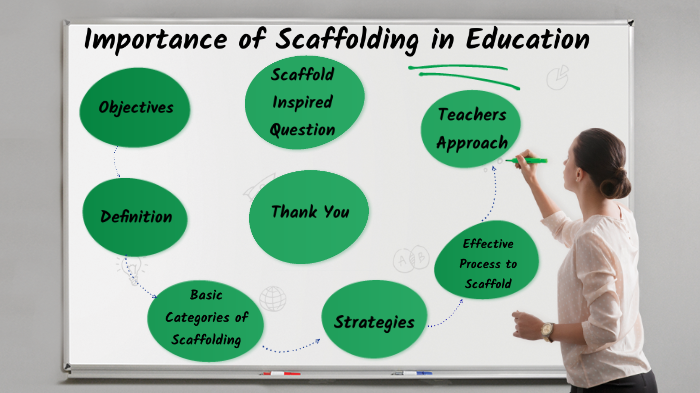

In that way, each skill learned in the unit requires the previously learned skills and paves the way for the next, higher-order skill that will culminate in the essay assignment students were introduced from the start. Over the following few weeks, though, students will move from learning strategies for active reading to ways to develop analytical questions about a source to how analytical questions are answered by a thesis to how a thesis is an arguable claim supported by evidence to how a thesis supported by evidence and analysis is an analytical argument. In an Expos course, for instance, a Unit 1 assignment often asks students to make an analytical argument about a single source, a request which might not be 100% clear to students when they first encounter the prompt. In the case of traditional assignments (like academic papers), students benefit primarily from the sequential accumulation of analytical skills. Scaffolding is important for both "traditional" and "creative" assignments. More than just that, though, it also allows them to develop these skills step-by-step and gives them time to reflect on their development-which in turn gives them more awareness of, and confidence in, applying these skills to "bigger" challenges.

To be sure, this kind of scaffolding give students the intellectual skills they need to take on the highly synthetic, creative tasks associated with capstone assignments. It can also guide design, not in a prescriptive manner but by providing designers with heuristics and examples of possible ways to address the challenges learners face.With your capstone assignment in place, you’ll be able to build "backwards" through the term, ensuring that each one of the preceding assignments gives students the right opportunities to acquire and/or practice the skills and competencies they will need in order to tackle the course's grand finale.

The framework can provide a basis for developing a theory of pedagogical support and a mechanism to describe successful scaffolding approaches. Developed through iterative cycles of inductive and theory-based analysis, the framework synthesizes the work of prior design efforts, theoretical arguments, and empirical work in a set of guidelines that are organized around science inquiry practices and the challenges learners face in those practices.
#Why scaffolding design important software
In this article, we present a scaffolding design framework addressing scaffolded software tools for science inquiry. However, although there is a growing body of work on scaffolded tools, scaffold design, and the impact of scaffolding, the field has not yet converged on a common theoretical framework that defines rationales and approaches to guide the design of scaffolded tools. The notion of scaffolding learners to help them succeed in solving problems otherwise too difficult for them is an important idea that has extended into the design of scaffolded software tools for learners.


 0 kommentar(er)
0 kommentar(er)
